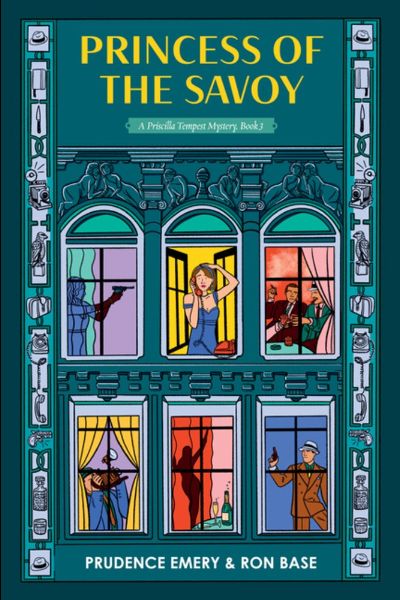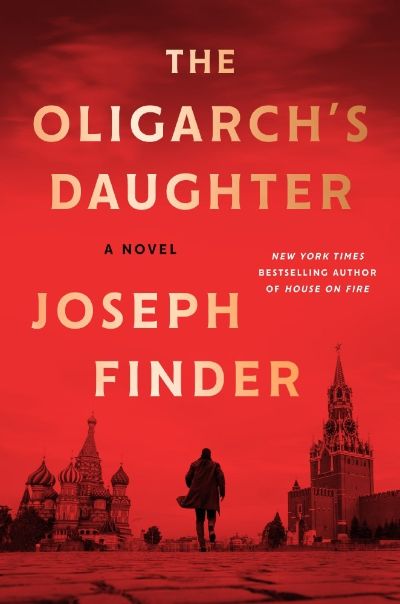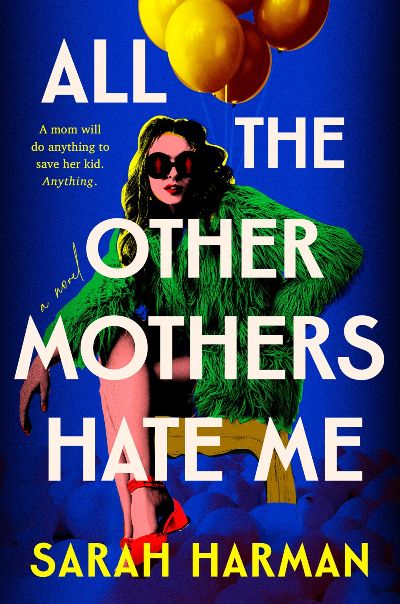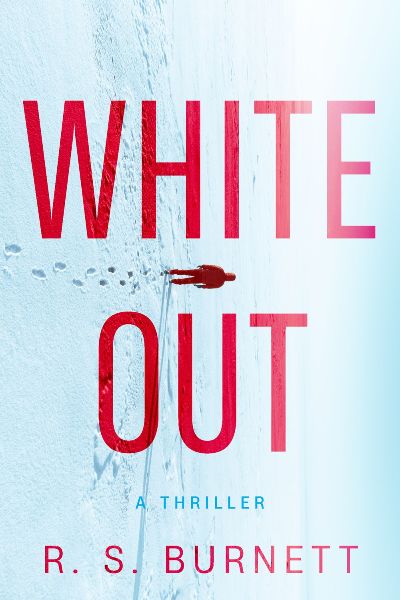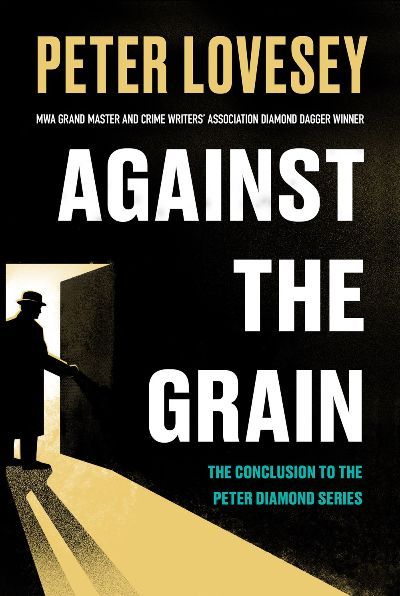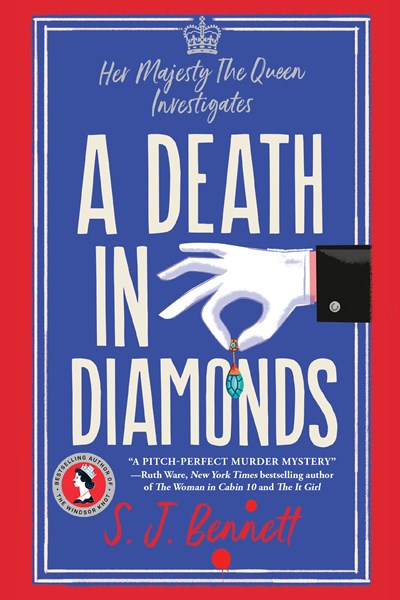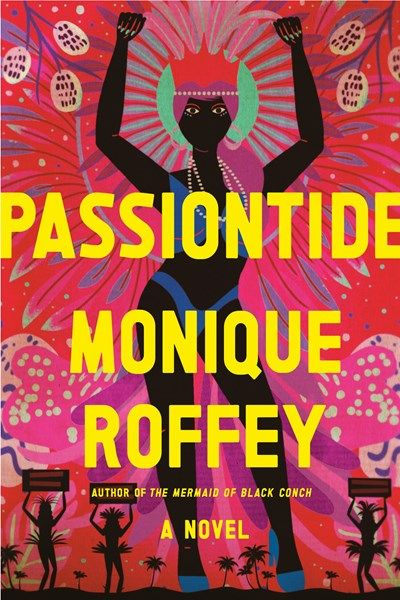As a single, 47-year-old librarian in Minnesota, Hana Babic leads a quiet life. Until one day when a police detective stops by the library to inform her that her best, and really only friend, Amina, has been murdered. Hana and Amina share a history that extends back to the Bosnian War, when Hana witnessed the rape and murder of her entire family by Serbian soldiers, murders Hana swore to avenge. Joining Bosnian militia fighters, Hana transformed herself into a fierce warrior who became known as the deadly Night Mora—a legend among Serbian troops. But with a price on her head, she eventually poses too much of a risk to her fellow soldiers, and is sent to the Bosnian community in St. Paul to reinvent herself. Amina’s murder decades later does more than just reawaken Hana’s horrible memories. It convinces her that she is being hunted, and to survive, she must reawaken the Night Mora, drawing Amina’s murderer into a trap. Written in chapters that alternate between Bosnia in the 1990s and present day Minnesota, the book eventually merges into one astonishingly powerful narrative that is nothing less than genius. Like Eskens brilliant The Life We Bury, this would make an excellent choice for a book discussion, especially since many participants will know nothing about the Bosnian War. Eskens includes scenes of sexual violence and other war crimes.
Book of the Week
For glitz, drama, and mystery, there’s no better setting than a fancy hotel, and it doesn’t come fancier than London’s Savoy. It’s the swinging ‘60s in the late Emery’s (Death at the Savoy, Scandal at the Savoy) last book, her third starring a quiet champion of the hotel’s steely reputation, press officer Priscilla Tempest. (Emery was herself a press and public relations officer at the hotel.) The young Canadian is used to the casual sexism that is women’s lot in the era, but Europe’s classism is harder for her to take, and when two dueling cousins, Italian princes, arrive as guests, her patience is sorely tested. One of the princes fears he will be the subject of a story by “that blighter Percy Hoskins at the Evening Standard,” and stopping the muckraking story at the behest of her boss leads Priscilla into the lairs of London’s underworld gangsters and some decidedly upper-class ones, with England’s very way of life on the line. A fast-moving story whose initial frothy air is a clever mask on the serious stakes soon underway. Readers will want to go back to the first two books in the series, and after that can try Nita Prose’s hotel-set Maid series.
Joseph Finder combines various themes from his previous novels and creates his best book to date. Six years ago, Paul Brightman worked on Wall Street and met a Russian American woman named Tatyana, who quickly became an infatuation. After they court and fall in love, she introduces him to her father, a Russian oligarch who soon sweeps Paul into his financial world. Tatyana and Paul marry, and everything seems to be going smoothly until it all blows up. At present, Paul lives in a small town in New Hampshire under the name Grant Anderson. He spends his days working on boat repair and helping with a boat charter that takes clients fishing. One morning, as he takes the boat out with a tourist, the man turns to Grant and says, “I know who you are, Paul.” Finder perfectly blends Grant’s storyline with that of a terrified Paul trying to survive. Nothing is predictable here, and the payoff is glorious. The Oligarch’s Daughter will be remembered as a classic years from now and should be used as a textbook to teach writers how to craft a perfect thriller. Is it too early to say this is not only the best book of the year but the best book of the decade?
She ain’t lying! All the moms do hate her. Because Florence Grimes is quite the unrepentant good-time girl who gets all the side-eye from the moms and smirks from the dads. She has a collection of lovers that’s like a deck of cards. Her get-ups are designed to provoke, at the very least. And her last, and only, job—years ago—was in a girl band that ended in humiliation. The one ray of light is her ten-year-old son, Dylan, who is a radical environmentalist and attends a fancy London all-boys school. But when Alfie Risby, Dylan’s bully and heir to a frozen-food empire, suddenly disappears during a class trip, and Dylan is the prime suspect, Flo starts to wake up and realizes that she is the only one that can save Dylan. Rich in satire, hugely funny, with a running wink-wink to the reader, this novel is pure comedic gold.
I’ve always been a fan of ice thrillers, and Burnett’s Whiteout is perfectly terrifying in every way. When we meet Rachel, an Oxbridge scientist, she’s living alone in a tiny tent in Antarctica. She can’t reach anyone, and the only broadcast she can receive is a public service announcement from the BBC stating that there has been a nuclear attack and not to leave your home. But even if the world no longer exists, Rachel soldiers on, collecting samples every day, if only to retain a feeling of normalcy. There’s plenty Rachel doesn’t understand, but even more that the reader must struggle to put together. Add to this Rachel’s guilt-ridden memories of leaving behind her baby girl and husband and nature’s increasing violence that seems to want to destroy her, and you have a recipe for a meltdown. Burnett is a genius with pace, and the book gains speed as Rachel manages to push past one obstacle after another to the final confrontation. Pack all the down you have, you’re going to need it.
Thirty-two years ago, curmudgeonly, old-school Detective Superintendent Peter Diamond of the Bath CID made his literary debut in the Anthony Boucher Award-winning The Last Detective, exonerating a woman accused of murder. Three decades later, the seasoned cop, much to his dismay, is under pressure to retire. For Diamond, whose identity is tied to his job, “retirement is the waiting room for death.” But his partner, Paloma, convinces him to accept his former colleague Julie Hargreaves’s invitation to visit her in the quaint village of Baskerville. Leaving the mean streets of Georgian Bath for rural Somerset, Diamond soon learns that Julie has an ulterior motive for his visit; unable to proceed further in her inquiries due to a physical disability, she wants her old boss to reexamine (unofficially) the manslaughter conviction of farm owner Claudia Priest for the suffocation death of a man in a grain silo. Julie suspects that the fatal accident was murder and that someone other than Claudia was responsible. Embarking on a busman’s holiday as an undercover detective, Diamond aims to solve his first village mystery, even if it means mucking in real mud (including reluctantly helping a cow give birth). As he tries on different amateur sleuthing hats (bumbling Columbo, nosy Miss Marple), he begins to learn things about himself that reveal there might be a possibility of a good life after retirement. MWA Grand Master Lovesey bids a fond farewell to his protagonist with this bittersweet series finale that mixes a cozy Midsomer Murders setting with colorful characters, surprising twists, and plenty of heart and humor.
It’s hard to imagine, but one of the very best series has gotten even better. While the first three books were set around 2016, and featured Rozie Oshodi, Assistant Private Secretary (APS) to the Queen, here we jump back to 1957. The Queen is a young woman, still new to her role as monarch; the U.K. continues to recover from the Second World War; and a new APS emerges out of the typing pool: Joan McGraw, whose wartime work included decoding. This case is centered around a notorious murder: a young woman, a high-class escort, is found dead in a house in Chelsea that belongs to an elite men’s club. She is wearing only silk underwear and a diamond tiara. Nearby lies the body of an older man, garrotted. The double-murder grips Londoners, including the Queen, who has her own reasons for fearing that someone close to her could be implicated. Elizabeth doesn’t trust the old courtiers who surround her and turns to Joan for help in solving the case of the “tart in the tiara.” Besides a bang-up plot, this novel reaches brilliantly into Elizabeth’s life, from real-life state visits to Paris and North America, trying to bolster the U.K.’s relationships, to her tumultuous relationship with Philip, to her fear of a scandal that could take down the monarchy. This is deep, rich writing that should attract the millions who enjoyed The Crown, and want yet more.
The best-selling French author of psychological suspense makes her U.S. debut with an intense and heartbreaking homage to an American literary classic, John Steinbeck’s Of Mice and Men. For 16-year-old Léonard, who suffered brain damage as an infant, there is no place in the village of Granviller to escape the school bullies who torment him daily. The only people kind to the powerfully built but mentally challenged teen are his adoptive mother, Mona, who discovered the abused toddler in a ditch; his best friend, 13-year-old Victoria, the daughter of Mona’s boss; and furniture restorer Sacha. Léonard finds consolation in nature (“no animal or tree has ever made fun of him for being different”) and dreams of joining his older brother in beautiful Glen Affric in the Scottish Highlands. But Jorge has not been in Scotland, as Mona had told her son; for the past 16 years, his brother has been in prison, convicted of the brutal rape and murder of his ex-girlfriend, a crime he claims he didn’t commit. After Jorge is paroled, the siblings finally meet for the first time, but Jorge’s attempt to rebuild his life is hobbled by a hostile community. As the brothers endure mounting cruelties and injustices, their tentative relationship blossoms into a tender and abiding love. When both are accused of another murder, readers will cheer on Jorge and Léonard’s flight to Glen Affric. Will they make it? Giebel has written a haunting, dark, and tough read that in its emotional brutality may remind some readers of Hanya Yanagihara’s A Little Life.
Comics-creator Segura is back with another mystery that takes a penetrating look at the comics industry, particularly its treatment of women creators. In Secret Identity, the 1975-set prequel to Alter Ego, Carmen Valdez was a struggling artist at Triumph, a small comics publisher. She was promised by a male coworker that if she wrote a new female character, the Legendary Lynx, he would pretend he was the lone creator and reveal her work once the character was successful. You can imagine how that went, only add some murder to the shadiness to get the full picture. This book is set in the present and finds another Cuban American woman artist, Annie Bustamante, going through career struggles. She’s had some success, and she longs to bring back the Lynx, even drawing the character in her spare time. When she’s approached by the son of Triumph’s previous owner to bring the character to the big screen and more, she’s nervous that he’s clueless and she has a hard time getting real details on the project. But when, like Carmen before her, she encounters far more sinister elements of the business, including messages from someone only calling themselves Apparition, things turn very scary. There’s no need to read the previous book to enjoy this one, but readers should grab both for an immersive look at this industry, the muddled ego/fear feelings it engenders, and a great set of murder mysteries.
A brilliant novel, at turns passionate and bold, deeply unsettling yet often wonderfully humorous, set on the small Caribbean island of St. Colibri. It’s the evening before Ash Wednesday when a young woman is discovered murdered, lying in a public park under a cannonball tree. Talented Sora Tanaka was one of the many pan players who came to the island for Carnival—in her case from Japan—to perform in a steel-pan competition. There is nothing surprising about Sora’s murder, in fact so many women have been killed on the island that there is even a police unit dedicated to solving their killings (OMWEN, the Office of Murdered Women). But for some reason Sora’s brutal killing sparks an outcry from women that evolves into a full-scale revolution, attracting thousands of women to occupy a downtown square, igniting the fight against the patriarchy, domestic violence, and international femicide. Eventually their protests reverberate across the world and are covered everywhere from CNN to the BBC. Much of this story is told through the lives of four women, including a leader of sex workers on the island and even, shockingly enough, the wife of the Prime Minister. Roffey is a genius at dialing down the story—focusing on one character or a couple—then ramping it up to depict huge crowd scenes. This book is a wonderful reminder of why I read crime fiction; it belongs in the collection of every public library.


